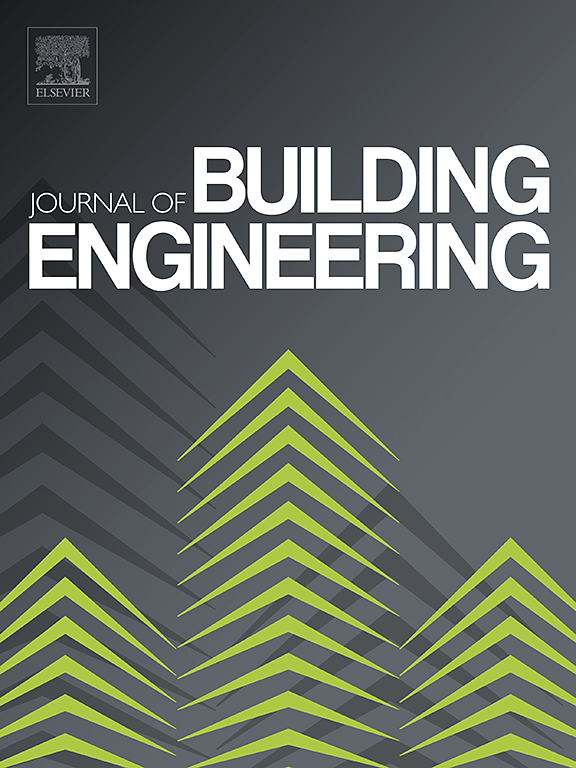Analytical models of CFT-columns frame SPSW/BRSPSW linked by double-side/four-corner bolted connections
IF 6.7
2区 工程技术
Q1 CONSTRUCTION & BUILDING TECHNOLOGY
引用次数: 0
Abstract
Concrete-filled steel tubes (CFTs)-column frame steel plate shear walls (SPSWs) and buckling-restrained steel plate shear walls (BRSPSWs) are advanced systems used in high-rise buildings to resist lateral loads. The stability of these systems comes from the CFT-column frame, while the steel plate provides the necessary load-bearing capacity. This paper proposes the modified plate-frame interaction (MPFI) method to predict the capacity and stiffness of SPSW/BRSPSW-B with partial bolted double-side/four-corner (DS/FC-B) connections. The MPFI requires identifying the failure mode of the steel plate, either due to buckling or bolted connection failure. Extensive finite elements (FE) parametric studies were conducted to analyze the sensitivity of the capacity for both DS/FC-B connections in frame SPSW/BRSPSW-B. The results show that, for DS-B connections, failure occurs from buckling of the steel plate, while in FC-B connections, failure results from shear deformation of the bolts. These findings align with previous studies. Additionally, buckling analyses were performed for SPSW/ BRSPSW-Bs with DS/FC-B connections. The FE parametric models and buckling analysis results were incorporated into the MPFI to derive correction coefficients for yield/peak bearing capacities and yield/post stiffness. The results reveal that for DS-SPSW-B, bearing capacity correction coefficients are influenced by the length-to-height ratio of the steel plate, while DS-BRSPSW-B are affected by both the length-to-height ratio and the stiffness ratio of the buckling restraint. For FC-SPSW/BRSPSW-B, bearing capacities are mainly influenced by failure modes and calculated using length-to-height and height-to-thickness ratios. The stiffness correction coefficients for DS-SPSW/BRSPSW-B are linked to the length-to-height ratio, while for FC-SPSW-B, they depend on both the length-to-height and height-to-thickness ratios. The MPFI method is validated against experimental data and numerous FE analyses, showing predictions within ±10% accuracy. The MPFI method can be practically applied by selecting suitable connection types and steel plate dimensions for SPSW/BRSPSW systems, tailored to expected load conditions. This study’s design recommendations focus on optimizing steel plate configurations and ensuring adequate buckling restraint to enhance the structural stability, performance, and safety of frame SPSW/BRSPSW systems.
求助全文
约1分钟内获得全文
求助全文
来源期刊

Journal of building engineering
Engineering-Civil and Structural Engineering
CiteScore
10.00
自引率
12.50%
发文量
1901
审稿时长
35 days
期刊介绍:
The Journal of Building Engineering is an interdisciplinary journal that covers all aspects of science and technology concerned with the whole life cycle of the built environment; from the design phase through to construction, operation, performance, maintenance and its deterioration.
 求助内容:
求助内容: 应助结果提醒方式:
应助结果提醒方式:


